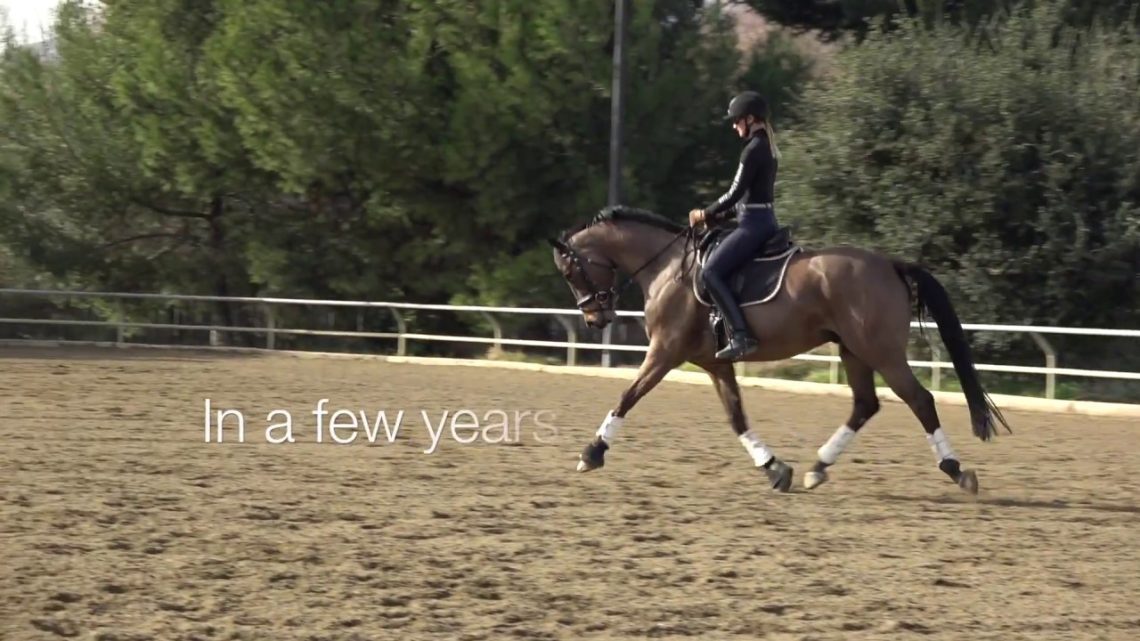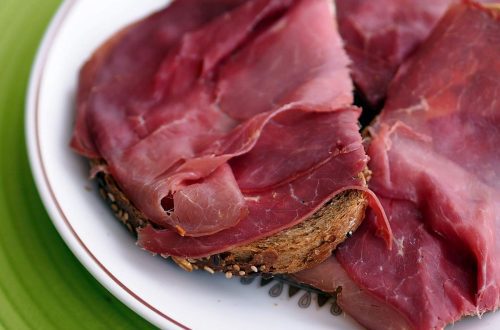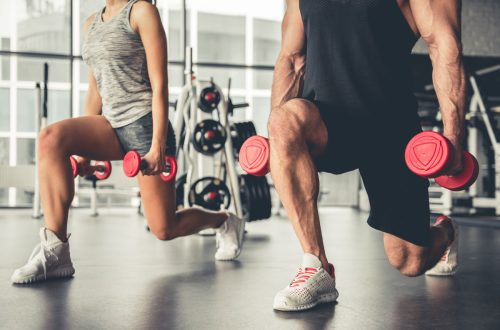
Added trot from scratch
Not all horses are born with an extended trot. Sometimes the rider shows a high-quality, tempo collected trot and it seems that now he will enter the diagonal and perform an amazing “increase”, and the horse is not only not moving apart, it does not even keep the push of the hind legs. Here are a few exercises that will help you improve your extended trot, even if you don’t have it naturally.
Charlotte Dujardin and Mount Saint John Freestyle at VKI in Tryon 2018 / Scoopdyga
The extended trot demonstrates greater space capturethan on the assembled. Earth is a great way to technically introduce the horse to this movement. The pole gives the horse a point of focus that naturally makes him push up and lengthen your stride. First, put them under the horse’s stride length so that he is comfortable push up, and then start to lengthen the steps: put 4 poles at a distance of 1,0-1,2 meters from each other (depending on the step of the horse). As the horse gets used to this distance, increase it to 1,5-1,7.
Medium and extended trot are strongly related to the correct movement in the collected where the horse learns. carry the weight of your body on your hind legs, which allows it to push off and lift the front end. Trot-canter-trot transitions are very important for a quick and easy reaction to the leg and arm. It teaches the horse move in contact and bring the hind legs in correctly under the hull. Do everything 4-5 gallop paces, and then return to the trot. In addition, it develops a quick reaction to the light impact of the rider. You need to develop proper motor skills in the horse so that he was moving uphill.
Frequent transitions within gaitsa. Move in a collected trot and then ask the horse to extend his strides. Do the exercise along the wall. First it will 3-5 stepsgradually increase in number. It is important to quickly get the horse “in order” and adjust the collected trot, returning to a balanced movement. Also you can try do volts before expansion This will help bring the horse’s hind legs under the body. When your foot reaction and half halts are light enough, the transitions will be much better. Over time this will develop a beautiful and balanced extended trot. But do not demand much from her at once, for quite some time you will have to be content with only a medium trot, and this is normal.
For more advanced horses who have already learned how to perform a medium trot, the following exercise is suitable: walk half pirouettes at the end of long walls with a medium trot in between. For example, if you are riding left on a long wall, ask for a medium trot, and when you get to the penultimate letter, make a downward transition into a walk, do a left half pirouette at walk and quickly ask for a medium trot (you are now moving to the right). As soon as you reach the second penultimate letter again, step into a walk and half pirouette to the right. it connects the horse’s hind legs and teaches her do not rush at medium trot. It also helps the rider use the body more often on contraction, not just a hand to perform the transition.
When it’s time to go diagonal, try to do it shoulder inward. Move 5-10 meters shoulder inward, then hold the outer shoulder horse and push it to the diagonal. The lateral movement before spreading will also balance the horse and transfer the weight of his body to the hind legs.
Do not attach too much importance to this issue, don’t demand perfect execution exercises from the horse daily, or when he is tired – it will not bring results.
Good luck!





